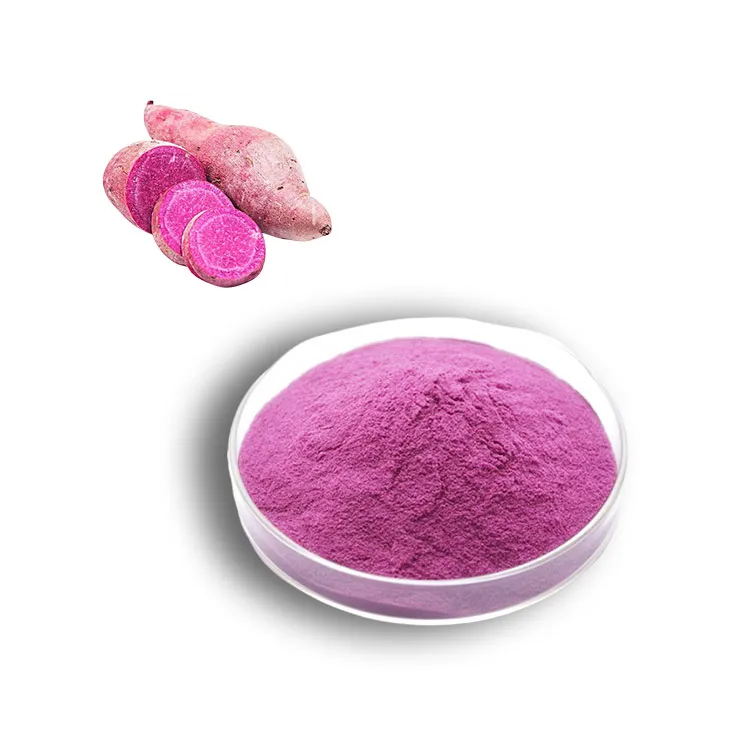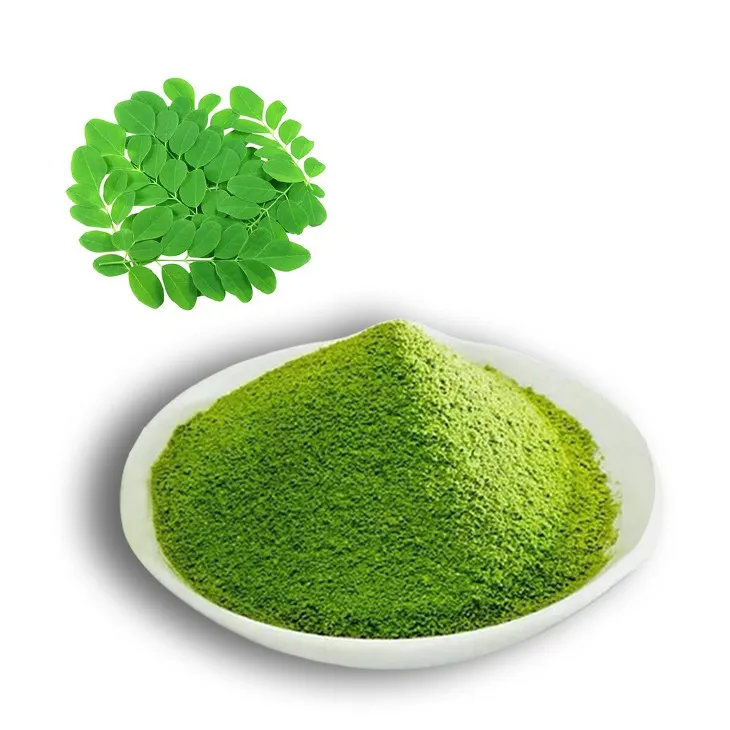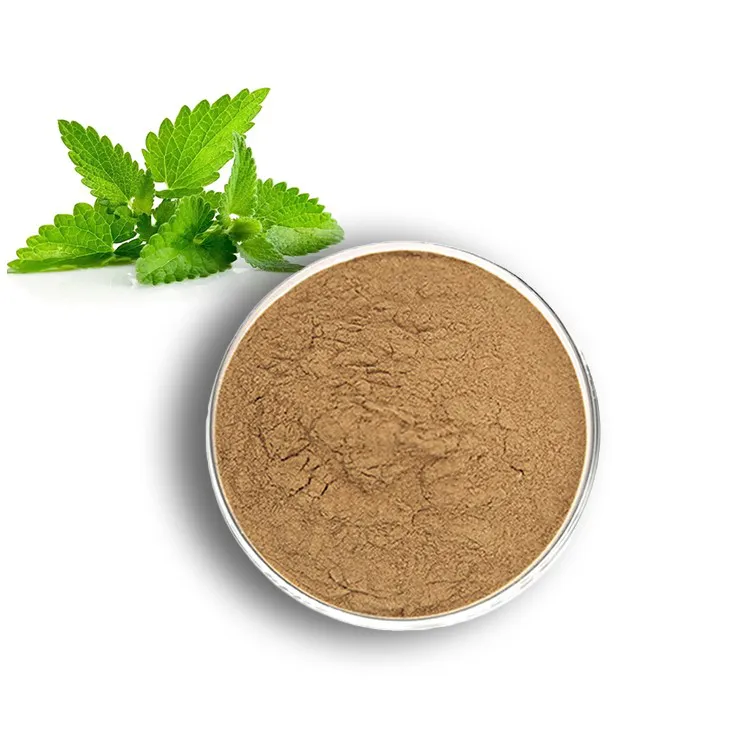- 0086-571-85302990
- sales@greenskybio.com
Four Main Methods for Extracting Tripterygium Wilfordii Hook.f. Extract from Plants.
2024-12-15
1. Introduction
Tripterygium Wilfordii Hook.f. is a plant with significant pharmacological properties. Extracting its active components from the plant is crucial for various applications in medicine and related fields. There are several methods available for this extraction, among which four main methods stand out. This article will discuss these four methods in detail, highlighting their principles, advantages, and limitations.
2. Solvent Extraction
2.1 Principle Solvent extraction is based on the principle of solubility. Different components of Tripterygium Wilfordii Hook.f. have different solubilities in various solvents. By choosing an appropriate solvent, the desired extract can be separated from the plant matrix. For example, some polar components may be soluble in polar solvents like ethanol or methanol, while non - polar components may dissolve better in non - polar solvents such as hexane.
2.2 Procedure
- First, the plant material of Tripterygium Wilfordii Hook.f. is dried and ground into a fine powder. This increases the surface area of the plant material, facilitating better contact with the solvent.
- The powdered plant material is then placed in a suitable extraction vessel. The solvent is added in an appropriate ratio, usually based on the amount of plant material. For example, a common ratio could be 1:5 (plant material:solvent by weight).
- The mixture is then stirred or shaken for a certain period, typically several hours to days, depending on the nature of the plant material and the solvent. This allows the solvent to penetrate the plant cells and dissolve the target components.
- After the extraction period, the mixture is filtered to separate the liquid extract (containing the dissolved components) from the solid plant residue. The filtrate is then further processed, such as through evaporation or distillation, to obtain the concentrated extract.
2.3 Advantages
- It is a relatively simple and cost - effective method. The equipment required is basic and widely available in most laboratories or industrial settings.
- There is a wide range of solvents to choose from, allowing for flexibility in targeting different components of Tripterygium Wilfordii Hook.f. based on their solubility characteristics.
2.4 Limitations
- The extraction process can be time - consuming, especially when dealing with plant materials that have a complex matrix or when a high degree of purity is required.
- Some solvents may be toxic or harmful, which poses safety risks during the extraction process and also requires proper disposal to avoid environmental pollution.
- The selectivity of solvent extraction may not be as high as some other advanced methods, resulting in the co - extraction of unwanted components along with the desired ones.
3. Supercritical Fluid Extraction
3.1 Principle Supercritical fluid extraction utilizes supercritical fluids, with carbon dioxide being the most commonly used. A supercritical fluid has properties between those of a liquid and a gas. It has a high density like a liquid, which enables it to dissolve substances effectively, and a low viscosity like a gas, which allows it to penetrate easily into the pores of the plant material. By adjusting the pressure and temperature, the solvating power of the supercritical fluid can be precisely controlled, enabling selective extraction of the components from Tripterygium Wilfordii Hook.f.
3.2 Procedure
- The plant material of Tripterygium Wilfordii Hook.f. is prepared in a similar way as in solvent extraction, that is, dried and ground into a fine powder.
- The powdered plant material is placed in an extraction vessel. Carbon dioxide, in its supercritical state, is then introduced into the vessel. The pressure and temperature are carefully controlled within the supercritical range for carbon dioxide (usually around 7.38 MPa and 31.1 °C).
- The supercritical carbon dioxide flows through the plant material, dissolving the target components. The extraction time is usually shorter compared to solvent extraction, typically ranging from several minutes to a few hours.
- After extraction, the supercritical fluid containing the dissolved components is passed through a separator. By reducing the pressure or changing the temperature, the supercritical carbon dioxide reverts to a gaseous state, leaving behind the concentrated extract.
3.3 Advantages
- It is a clean and environmentally friendly method. Carbon dioxide is non - toxic, non - flammable, and can be easily recycled, reducing waste and environmental impact.
- The extraction process is relatively fast due to the high diffusivity of supercritical fluids. Also, the selectivity can be well - controlled by adjusting the pressure and temperature, resulting in a purer extract.
3.4 Limitations
- The equipment for supercritical fluid extraction is relatively expensive, which may limit its widespread use in some small - scale laboratories or industries.
- Although carbon dioxide is a good solvent for many components, it may not be suitable for extracting some highly polar or ionic components from Tripterygium Wilfordii Hook.f. without the addition of co - solvents, which can add complexity to the process.
4. Microwave - Assisted Extraction
4.1 Principle Microwave - assisted extraction takes advantage of microwave energy. Microwaves can penetrate the plant material and cause the polar molecules within the plant cells to vibrate rapidly. This internal heating effect leads to an increase in temperature and pressure within the plant cells, which in turn disrupts the cell walls and membranes, facilitating the release of the target components into the extraction solvent.
4.2 Procedure
- The Tripterygium Wilfordii Hook.f. plant material is prepared as usual, dried and ground.
- The powdered plant material is placed in an extraction vessel along with the extraction solvent.
- The vessel is then placed in a microwave oven. The microwave power, irradiation time, and other parameters are set according to the nature of the plant material and the solvent. For example, a typical microwave power could be in the range of 300 - 800 watts, and the irradiation time could be from a few minutes to half an hour.
- After the microwave irradiation, the mixture is cooled and then filtered to obtain the liquid extract, which can be further processed as needed.
4.3 Advantages
- The extraction time is significantly reduced compared to traditional solvent extraction methods. Microwave - assisted extraction can often complete the extraction process in a much shorter time, increasing the efficiency of the extraction.
- It can also improve the extraction yield. The rapid heating and internal pressure build - up within the plant cells can cause more complete release of the components, resulting in a higher amount of extract obtained.
4.4 Limitations
- The non - uniform distribution of microwave energy within the extraction vessel may lead to inconsistent extraction results. Some parts of the plant material may receive more microwave energy than others, resulting in differences in the extraction efficiency.
- There is a risk of overheating, which can cause degradation of some thermally sensitive components in Tripterygium Wilfordii Hook.f. if the microwave power or irradiation time is not properly controlled.
5. Ultrasonic Extraction
5.1 Principle Ultrasonic extraction is based on the cavitation effect. When ultrasonic waves are applied to the extraction system containing the Tripterygium Wilfordii Hook.f. plant material and the solvent, microscopic bubbles are formed, grow, and then collapse violently in the liquid. These cavitation bubbles create high - pressure and high - temperature micro - environments locally. The mechanical forces generated during the cavitation process can break the cell walls of the plant, allowing the target components to be released into the solvent more easily.
5.2 Procedure
- The plant material of Tripterygium Wilfordii Hook.f. is dried, ground, and placed in an extraction vessel with the solvent.
- An ultrasonic probe or an ultrasonic bath is used to generate ultrasonic waves. The frequency and intensity of the ultrasonic waves are adjusted according to the nature of the plant material and the solvent. For example, a common ultrasonic frequency used is in the range of 20 - 50 kHz.
- The ultrasonic treatment is carried out for a certain period, usually from a few minutes to several tens of minutes.
- After the ultrasonic treatment, the mixture is filtered to obtain the liquid extract for further processing.
5.3 Advantages
- It is a relatively simple and energy - efficient method. The equipment for ultrasonic extraction is relatively inexpensive and easy to operate.
- The cavitation effect can effectively break the cell walls of the plant, resulting in a good extraction yield. It can also be used for a wide range of plant materials and solvents.
5.4 Limitations
- The ultrasonic extraction may not be as selective as some other methods. It may extract some unwanted components along with the desired ones, requiring further purification steps.
- The efficiency of ultrasonic extraction may be affected by factors such as the volume of the extraction system, the shape of the extraction vessel, and the distribution of the plant material in the solvent.
6. Conclusion
In conclusion, the four main methods for extracting Tripterygium Wilfordii Hook.f. extract from plants - solvent extraction, supercritical fluid extraction, microwave - assisted extraction, and ultrasonic extraction - each have their own characteristics. Solvent extraction is simple and cost - effective but has some drawbacks in terms of time and selectivity. Supercritical fluid extraction is clean and efficient but requires expensive equipment. Microwave - assisted extraction is fast and can improve yield but has issues with non - uniform energy distribution. Ultrasonic extraction is simple and energy - efficient but may lack selectivity. The choice of extraction method should be based on various factors such as the nature of the target components, the scale of extraction, cost considerations, and environmental requirements.
FAQ:
What are the advantages of solvent extraction in extracting Tripterygium Wilfordii Hook.f. extract?
Solvent extraction is widely used in extracting Tripterygium Wilfordii Hook.f. extract. One of its main advantages is its versatility. Different solvents can be chosen according to the specific components to be extracted, which can effectively dissolve the target substances in the plant. Also, it is a relatively traditional and well - established method, with a large amount of research and experience available. This allows for relatively easy optimization of extraction conditions such as solvent concentration, extraction time, and temperature to achieve better extraction quality and quantity.
How does supercritical fluid extraction using carbon dioxide work for Tripterygium Wilfordii Hook.f. extract?
Supercritical fluid extraction using carbon dioxide for Tripterygium Wilfordii Hook.f. extract works based on the unique properties of supercritical carbon dioxide. Carbon dioxide in its supercritical state has properties similar to both gases and liquids. It can penetrate into the plant material like a gas and dissolve substances like a liquid. The solubility of different components in supercritical carbon dioxide can be adjusted by changing parameters such as pressure and temperature. This allows for selective extraction of the desired components from Tripterygium Wilfordii Hook.f., and because carbon dioxide is a clean and non - toxic gas, the extraction process is relatively environmentally friendly and the extract obtained is relatively pure.
What is the mechanism of microwave - assisted extraction in the context of Tripterygium Wilfordii Hook.f.?
Microwave - assisted extraction for Tripterygium Wilfordii Hook.f. works by using microwave energy. Microwaves can interact with the plant material and the solvents used. The microwave energy is absorbed by the polar molecules in the plant cells and the solvents, which causes rapid heating. This rapid heating creates internal pressure differences within the plant cells, leading to the rupture of cell walls and membranes. As a result, the substances in the cells are more easily released into the solvent, thereby enhancing the extraction efficiency compared to traditional extraction methods.
How does ultrasonic extraction break plant cells to release Tripterygium Wilfordii Hook.f. extract?
Ultrasonic extraction breaks plant cells to release Tripterygium Wilfordii Hook.f. extract through the cavitation effect. When ultrasonic waves are applied in the extraction system, they cause the formation and collapse of small bubbles in the solvent. The collapse of these bubbles generates high - intensity shock waves and micro - jets. These physical forces can directly impact the plant cells, breaking their cell walls and membranes. This allows the intracellular components, including the desired extract, to be released into the surrounding solvent.
Which of the four extraction methods is the most cost - effective for Tripterygium Wilfordii Hook.f. extract?
The cost - effectiveness of each extraction method for Tripterygium Wilfordii Hook.f. extract depends on various factors. Solvent extraction may be relatively cost - effective in terms of equipment requirements, but the cost of solvents and subsequent purification steps need to be considered. Supercritical fluid extraction has high equipment costs but may produce high - quality extracts with less post - treatment required. Microwave - assisted extraction and ultrasonic extraction also have their own equipment and energy - consumption - related costs. In general, if large - scale production is considered, solvent extraction may be more cost - effective initially, but long - term cost - effectiveness also needs to take into account factors such as product quality and environmental impact.
Related literature
- Study on the Optimization of Solvent Extraction of Tripterygium Wilfordii Hook.f. Components"
- "Supercritical Fluid Extraction of Active Compounds from Tripterygium Wilfordii Hook.f.: A Review"
- "Microwave - Assisted Extraction Technology in Tripterygium Wilfordii Hook.f. Extract Production"
- "Ultrasonic Extraction: An Efficient Method for Tripterygium Wilfordii Hook.f. Extract"
- ▶ Hesperidin
- ▶ citrus bioflavonoids
- ▶ plant extract
- ▶ lycopene
- ▶ Diosmin
- ▶ Grape seed extract
- ▶ Sea buckthorn Juice Powder
- ▶ Beetroot powder
- ▶ Hops Extract
- ▶ Artichoke Extract
- ▶ Reishi mushroom extract
- ▶ Astaxanthin
- ▶ Green Tea Extract
- ▶ Curcumin Extract
- ▶ Horse Chestnut Extract
- ▶ Other Problems
- ▶ Boswellia Serrata Extract
- ▶ Resveratrol Extract
- ▶ Marigold Extract
- ▶ Grape Leaf Extract
- ▶ blog3
- ▶ blog4
- ▶ blog5
-
Bilberry Extract
2024-12-15
-
Stevia Extract
2024-12-15
-
Mulberry leaf Extract
2024-12-15
-
Phyllanthus Emblica Extract
2024-12-15
-
Withania Somnifera Extract
2024-12-15
-
Grapefruit Seed Extract Powder
2024-12-15
-
Purple Sweet Potato Extract
2024-12-15
-
Bamboo Leaf extract
2024-12-15
-
Moringa powder
2024-12-15
-
Lemon Balm Extract
2024-12-15





















